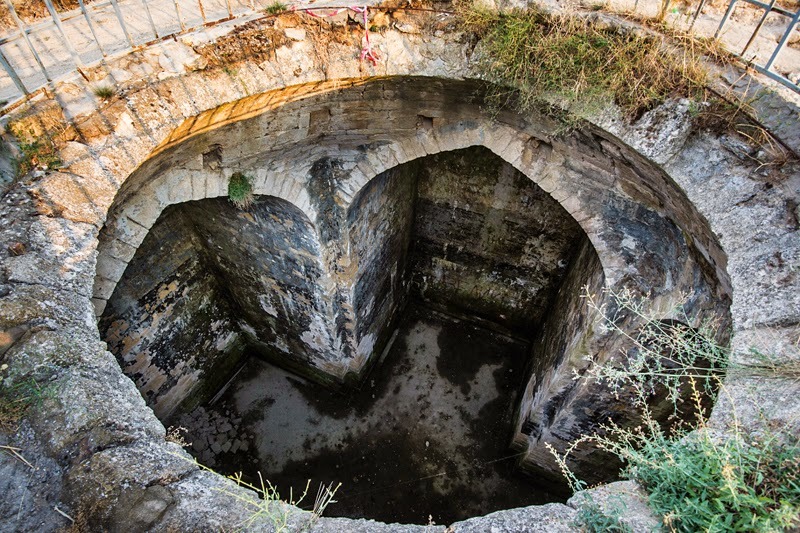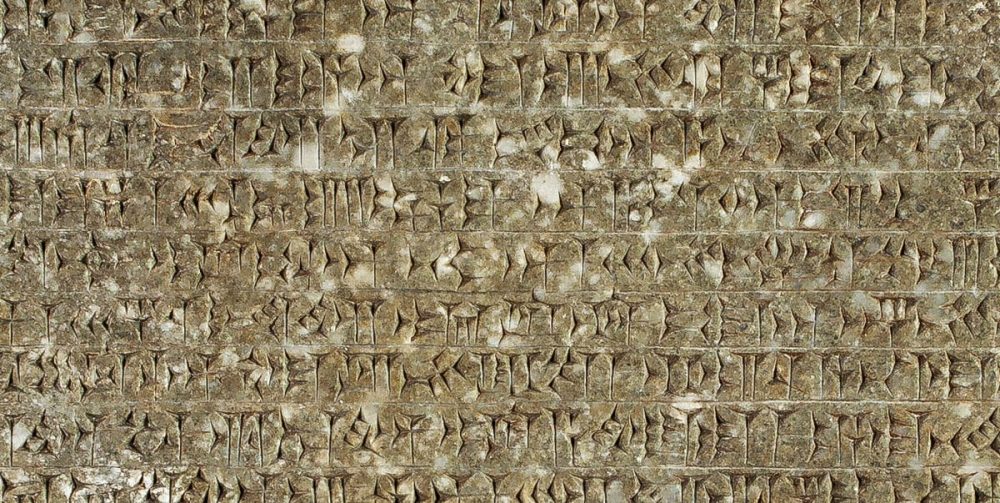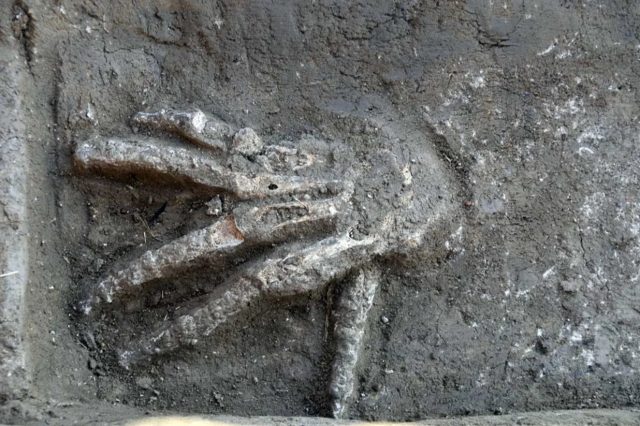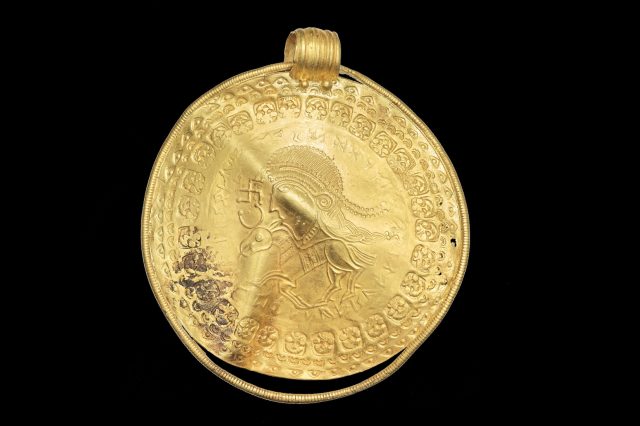Researchers have come across a mysterious subterranean structure, and it may be the oldest church on the planet.
Have you ever wondered about what the oldest church on Earth is? A group of archaeologists embarked on deciphering beneath the mysterious Naryn-Kala fortress in Derbent, Russia, a buried structure whose original purpose has been unknown for decades. It seems they have finally deciphered the enigma by using state-of-the-art scanning technology.
To find out the secret hidden beneath the surface, the researchers used a technology known as muon radiography. It tracks subatomic particles loaded with muons generated when cosmic rays interact with the Earth’s atmosphere.
In this way, as they pass through space, nuclear emulsion plates are used as detectors to “trap” the particles and develop an image of where the muons went and where they were absorbed or diverted, a method that has also been used to scan the pyramids of Egypt, in search for mystery tombs and secret, hidden chambers.
The technology worked quite well in Egypt, and experts have better understood how the majestic pyramids were built. In Russia, investigations of the underground structure led researchers to suggest that the fortress was once a massive church.
The oldest Church?
Scientists say it could be the oldest church in Russia, dating to around 300 AD, making it one of the oldest churches ever built on Earth.
“The unusual building, in which we have put our detectors, has the shape of a cross, oriented strictly to the sides of the world,” explained physicist Natalia Polukhina, from the National University of Science and Technology (MISIS) in Russia.
“One side is two meters [six-and-a-half feet] longer than the others.”
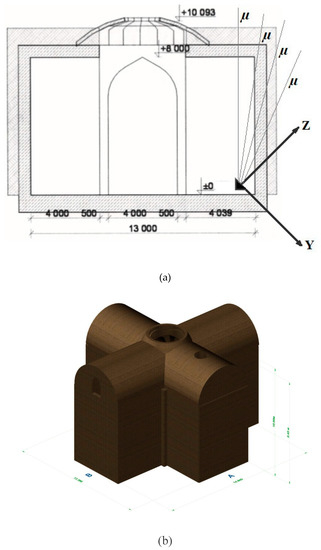
Until now, researchers were divided about the true purpose and origin of the structure. However, new measurements obtained via muon radiography have revealed some of its secrets. It was previously thought that the site was used as a water reservoir during the 17th and 18th centuries. But researchers disagree it was its original purpose, as a nearby water reservoir looks entirely different.
“It seems very strange to me to interpret this building as a water tank,” says Polukhina. “In the same fortress of Naryn-Kala, there is an equal underground structure of 10 meters [nearly 33 feet] depth and a tank. This is just a rectangular building.”
“As the archaeologists who began excavations say, during construction, the building was entirely on the surface, which stands on the highest point of the Naryn-Kala. What is the sense of putting the tank on the surface and even the highest mountain?”
But despite making progress in understanding the exact purpose of the structure, archeologists can’t excavate it further because the Naryn-Kala fortress has UNESCO cultural heritage site status. What we do know are its approximate dimensions.
The underground structure
The underground structure seems to be around 11 meters high. Experts say it stretches around 15 meters from north to south and approximately 13.4 meters from East to West. The structure has a kind of ‘dome’ located at the center. The entire structure is shaped like a cruciform.
The entire structure is thought to have been buried by the Sasanian Persian Empire after conquering Derbent around 700 CE. The researchers plan to continue scans of the structure and want to produce a full-sized image of the entire subterranean building to reveal what exactly lies beneath the Naryn-Kala fortress.
Join the discussion and participate in awesome giveaways in our mobile Telegram group. Join Curiosmos on Telegram Today. t.me/Curiosmos

